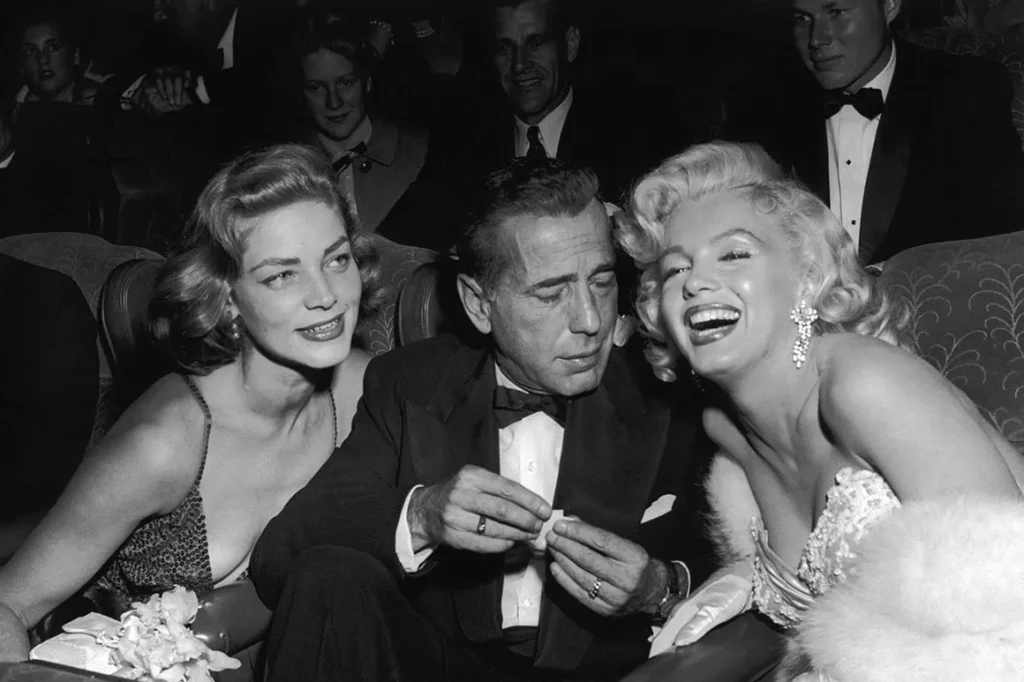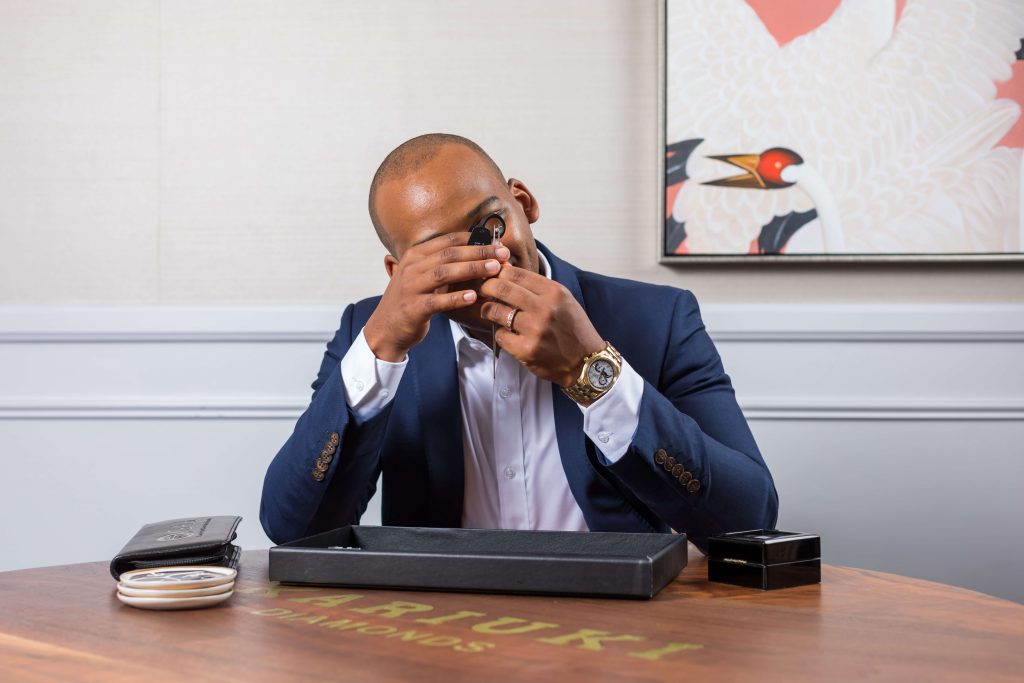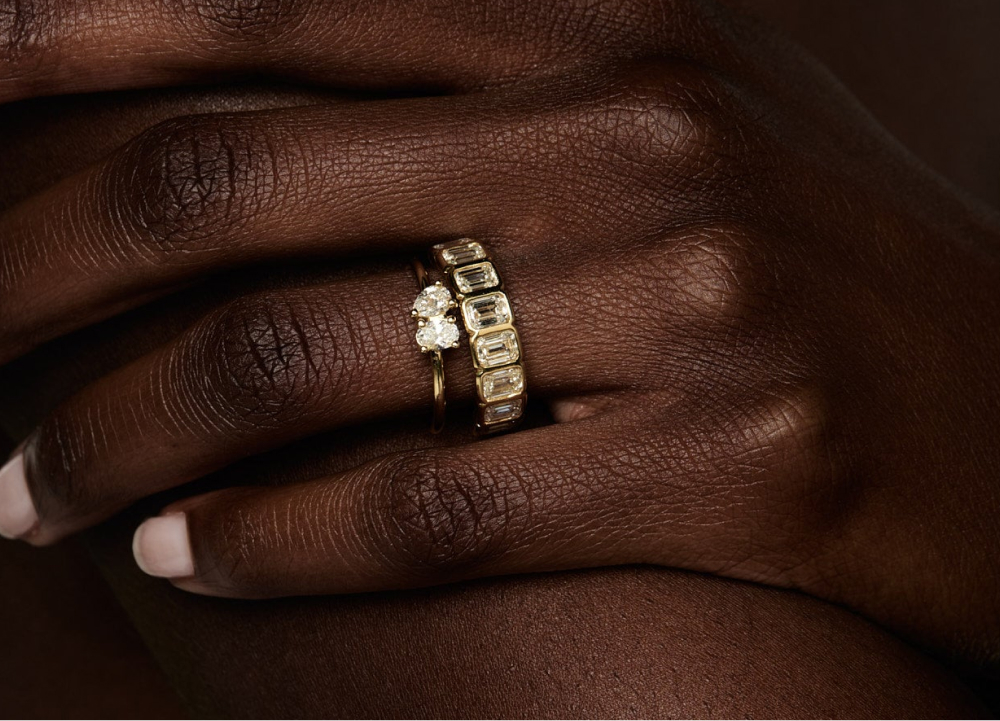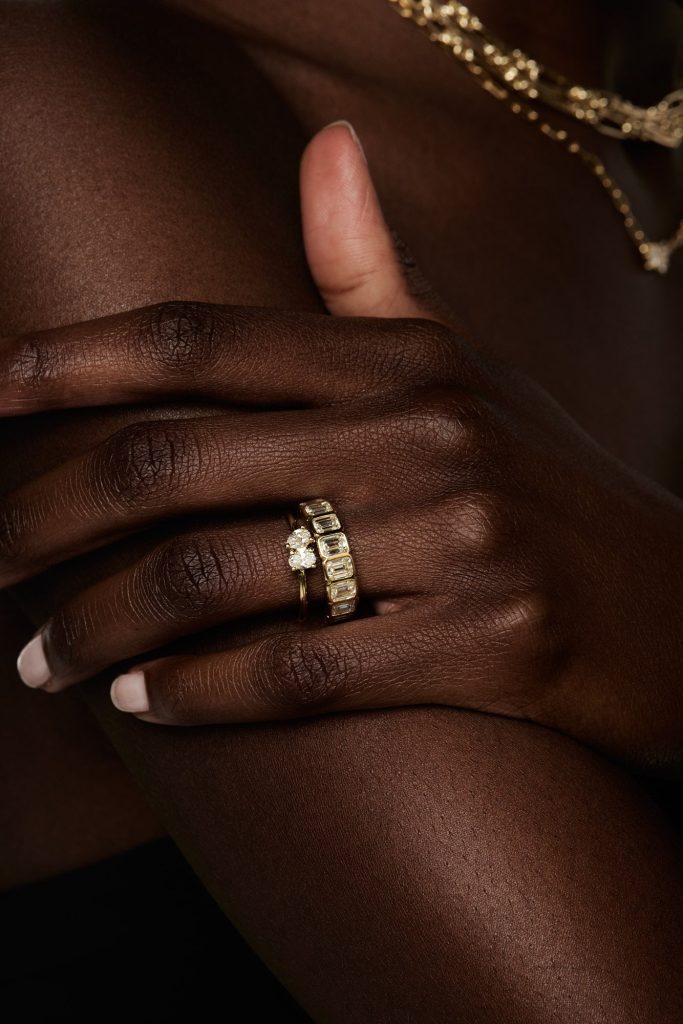The taste for diamonds has shifted dramatically in recent years and the natural industry is responding. As consumer preferences change, one thing is certain: Diamonds are forever.

New trends in social media marketing and e-commerce have significantly broadened the consumer market for diamonds. Once thought of as near-unattainable and only for engagements, diamonds have become more accessible and sought-after by the masses.
Nowadays, customers are looking for diamonds that are unique, good value and accompanied by proper certification. As a result, many practices within the diamond market are shifting. This is good news for consumers, who have more options available than ever before. Customers are able to find a diamond suited to their budget, style, or values and retailers and suppliers must pay close attention to keep up with shifting preferences, fashions and expectations.
For natural diamonds investors, this has meant an increased appetite for rarity and appropriate certification. They expect manufacturers and wholesalers to source unique pieces and do their due diligence to ensure their investments have distinguished provenance and will appreciate in value.

2/5 Eric Kariuki, Pink Diamond Capital
Social Trends
The culture of film, social media and celebrity heavily influences jewellery trends and customer appetites for diamonds. As such, many are in the mood for revamped classics. Blonde (2022) directed by Australia’s Andrew Dominik showcased Hollywood’s Golden Era, proving Marilyn Monroe’s enduring appeal and reminding us that diamonds are a girl’s best friend. Ellendale’s Gersande Price notes a shift in taste where “traditional, classic, bold cuts are very popular” with current consumers, who are opting for quintessential glamour.
Thanks to developments in e-commerce, consumers are also becoming increasingly comfortable purchasing jewellery online, which has made diamond pieces attainable for the everyday customer. Despite their accessibility, customers are still searching for unique cuts and bespoke elements, whether it’s for everyday pieces or special occasion costume jewellery. Brands like Natasha Schweitzer have been able to shift market perception by leveraging e-commerce technology and highlighting the customasability of the brands’ designs.
Supplier Adam Plant of Orange River Diamonds has also experienced a shift toward unique and bespoke pieces, and have managed to respond accordingly. Similarly, in the investment industry, Eric Kariuki from Pink Diamond Capital is recognising a shift toward bespoke, one-off pieces as opposed to larger collections. Customers are looking for ways to satisfy their desire to stand out, and bespoke services help them do just that.
The shift towards bespoke creations has also led to a larger appetite for rare and unique pieces that are able to stand out – even on social media feeds. As Gersande Price of Ellendale Diamonds explains, “customers are increasingly selecting larger, more unique diamonds for their engagement rings. This trend is being driven by a desire for more personal and unique jewellery, as well as a desire to invest in special and rare diamonds.”
Eric Kariuki seconds this, adding he has “seen investors who want to wear their investment-grade diamond opt for a bespoke one-off design other than a collection piece.” Adam Plant agrees, noting that “the average size of engagement rings is moving up with lots of enquiries for 2ct and 3ct Diamonds.” When asked what’s behind this shift, Plant believes it’s “driven from social media” and the expectations to post your engagement, your ring, wedding and honeymoon and more.
Similarly, supplier Chirag Jogani from Blumoon Diamonds suggests bold pieces are in favour. Jogani explains “after the minimalist jewellery trend from the last few years, it’s no surprise that bold, unique and lasting pieces like statement rings, dangling earrings and layered tennis bracelets are among the most enduring jewellery trends.” Given their classic appeal, we couldn’t agree more.

3/5 Eric Kariuki, Pink Diamond Capital
The Perfect Engagement
A classic for a reason, diamonds remain synonymous with engagements and are still the engagement gemstone of choice for a growing market and customers love naturals. With same sex weddings in the mix, there has been an increase in a need for engagement pieces designed for men and anyone on the masculine end of the spectrum. This is a recent market consideration and exciting opportunity for the natural diamond industry.
Plant notes that the emerging market in same-sex weddings has led to an uptick in natural diamond pieces directed at the male market. In general, customers of all genders are increasingly selecting larger, more unique diamonds for their engagement rings. This trend is being driven by a desire for more personal and unique jewellery, as well as a desire to invest in special and rare diamonds.
In terms of cuts, Plant suggests the classics are still most popular with rounds and ovals dominating their sales, though customers these days are searching for more unique cuts. Plant has noticed more requests for “marq, emerald cut and radiant cut naturals for engagement rings.” Not only are customers looking for bigger stones and bespoke pieces, they are also hoping to maximise how far their money can go, with the princess and cushion cuts becoming very popular for this reason. Plant explains that “princess and cushion cut diamonds are very well priced” at the moment, where “a 1ct princess cut can be half the value of the same grade oval or round cut.”
Jogani suggests that couples look to natural diamonds as the marketed option that lasts forever stating “most consumers and young couples choose natural diamonds for their engagement ring.”

4/5 Pear and oval toi et moi ring, 18K yellow gold, Natasha Schweitzer
Not Just a Girl’s Best Friend
The market for men’s jewellery continues to expand, with recent cult classic films like Uncut Gems reflecting the popularity of diamonds, hip-hop jewellery and encrusted watches amongst male celebrities, sports stars and musicians. As celebrities push the boundaries with diamonds – like the $30m Elliot Elliantte pink diamond Lil Uzi Vert had embedded in his forehead, or the Fred Leighton Art Deco Diamond clips Nicholas Braun wore to the Emmys – more men are feeling inspired to make diamonds their own.
With the rise of male influencers wearing diamonds and these images circulating across socials, Plant suggests that hetero males are another rising market purchasing for themselves. He says Orange River Diamonds is “definitely seeing more men who aren’t afraid of a little bling, with the Cuban chain, with a statement diamond encrusted medallion and even tennis necklaces and bracelets with black diamonds.”
In his response, Plant believes the popularity can only be put down to “the power of Instagram.” He says that at this point in time, “Australia is quite conservative, but I think slowly the American influencers will wear down the Australian market.”
A Natural Investment
Not only are natural diamonds visually stunning, but they’re also a sound investment. Diamond prices have remained stable in recent years, making them a wise choice for those looking to add to their jewellery collection.
Natural diamonds, in all their glory, have the added bonus of investment – and considering the stability of diamond prices within the market in recent years, it is no wonder that is one of the ways naturals hold their relevance. Retailers like Gersande Price from Ellendale have found customers have a lot more questions when it comes to provenance, and are seeking to purchase from suppliers like her that provide detailed certification. Origin reports and provenance documentation helps to increase value and ensure your investment is worthwhile.
Eric Kariuki from Pink Diamond Capital suggests that natural diamond investments increase in demand when stock markets become unstable, as “diamonds have outperformed other traditional asset classes in Australia over the last 16-17years.” Kariuki adds that “most of [his] clients invest with their Self Managed Super Fund (SMSF) so long term stability and security for their funds is important to them.”
As time passes, natural diamonds continue to cement their relevance in the investment market thanks to their impressive performance.
On the market, Kariuki says “investors have been realising gains and continue to re-invest as we’re outperforming the stock markets both in capital growth, and safety / security of investor’s funds as diamonds have proven to have little to no volatility.”

5/5 Pear and oval toi et moi ring, 18K yellow gold, Natasha Schweitzer
The Future of Natural Diamonds
Recent years have seen the popularity of lab grown diamonds skyrocket. So, what does this mean for natural diamonds? Regarding the effect of labs on natural prices, Kariuki says this isn’t something the investment market should worry about.
“Lab grown diamonds have a place in the market but don’t affect the investment grade diamonds, nor have they had much of an effect on non-investment grade aesthetic diamonds for the luxury industry,” Kariuki says.
As conflicts, rising interest rates and inflation have sent much of the financial world into spiral, the natural diamond industry has remained steady. Much like gold, diamonds have assumed the status as a valuable investment, not subject to the same volatility as other markets.
Jogani supports this theory by saying there will always be a market for natural diamonds.
“Although lab grown diamonds seem to be in high demand in coming years, there will always be an appetite for natural diamonds,” Jogani says.
However, Jogani notes that concerns are starting to creep in as the prices of rough diamonds continue to rise, and that it could eventually lead to a price bubble.
Plant suggests the market could go one of two ways, and that the market depends on how labs fare over time.
“First is the same as all the other synthetics, soon labs will be worth next to nothing and then will no longer be desirable, so it won’t affect the natural market,” Plant says.
Plant states that this is what has happened with synthetic emerald and synthetic rubies, however the only problem with this is that synthetic emerald and rubies are easily distinguishable from the natural stone.
“The second option is that it will go the same route as natural pearls vs. cultured. Pearls were the most valuable and desirable gem, then the market got flooded with cultured pearls which was fine for a while until everyone had pearls and no one could tell whether you were wearing natural or cultured pearls,” Plant says.
To curb uncertainty in the market and set the natural industry apart from lab grown diamonds, Price believes that sourcing will become more and more important.
“From the customers I talk to on a daily basis around Australia and New Zealand, their clients are requesting gemstones with documentation from specific locations or mines, such as Argyle,” Price says.
“Perhaps this didn’t matter five years ago, but it does today. Customers are well-researched and interested in the entire production line and origin of their purchases.”
Ultimately, it appears that lab grown diamonds and natural diamonds exist to serve very different markets. The market has shown that natural diamonds have stood strong alongside the rise of lab-grown diamonds and as Plant explains, “we can not discount how important rarity is in luxury goods.”
Read below for related stories: